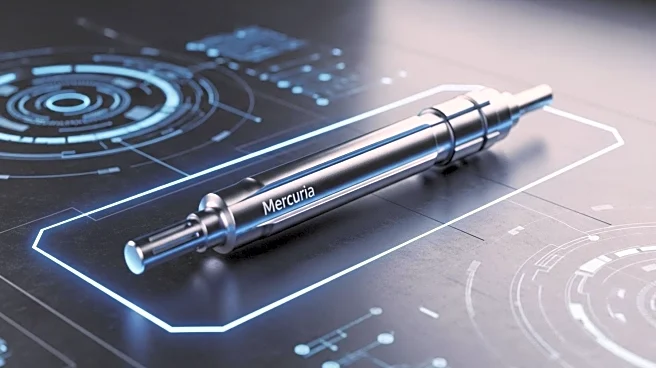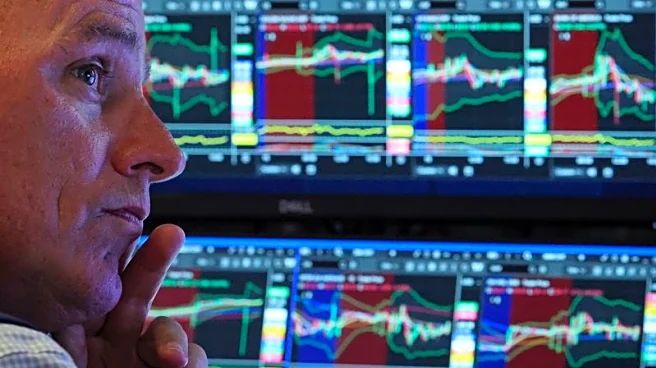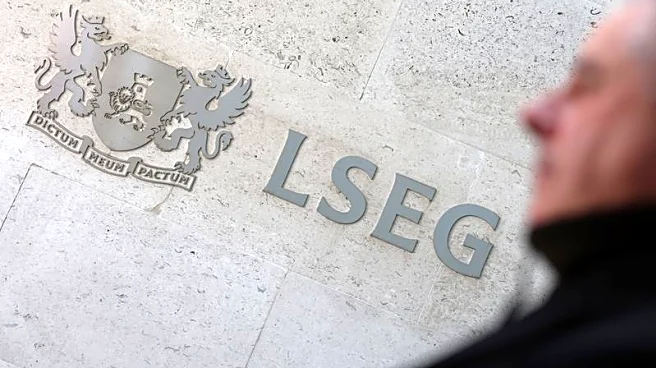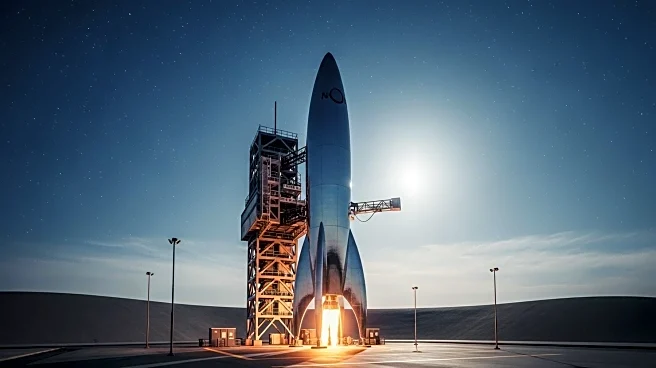What is the story about?
What's Happening?
Mercuria, a major commodity trading house, has initiated physical trading in uranium, marking its entry into a niche market expected to grow due to a nuclear energy boom. This move aligns Mercuria with banks like Natixis and Citibank, which are also venturing into uranium trading. The decision comes as demand for nuclear fuel is projected to more than double by 2040, driven by global zero-carbon targets and the energy needs of technology firms. Mercuria's expansion into uranium is part of its broader strategy to leverage its existing power desk and capitalize on high oil and gas prices. The company has recruited Louis Csango from Goldman Sachs to lead its uranium operations.
Why It's Important?
Mercuria's entry into the uranium market signifies a strategic shift as the global energy landscape evolves towards nuclear power to meet carbon neutrality goals. This move could influence the uranium market, traditionally dominated by a few players like Goldman Sachs and Macquarie. As nuclear energy gains traction, the demand for uranium is expected to rise, potentially increasing prices and creating new opportunities for traders. This development could also impact the financial sector, as more banks may enter the market to capitalize on the growing demand for nuclear fuel.
What's Next?
As Mercuria and other financial institutions expand their presence in the uranium market, competition is likely to intensify. This could lead to increased market activity and potentially higher uranium prices. Analysts predict that the spot price of uranium could reach $100 per pound next year, driven by supply constraints and rising demand. The entry of new players may also prompt existing market leaders to enhance their strategies to maintain their competitive edge.
AI Generated Content
Do you find this article useful?














